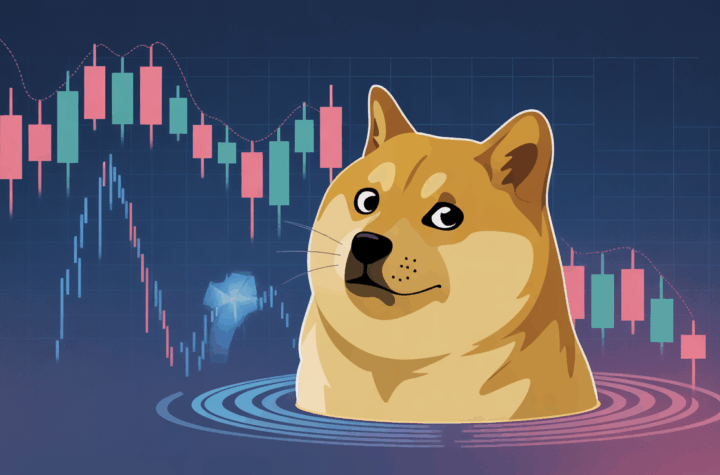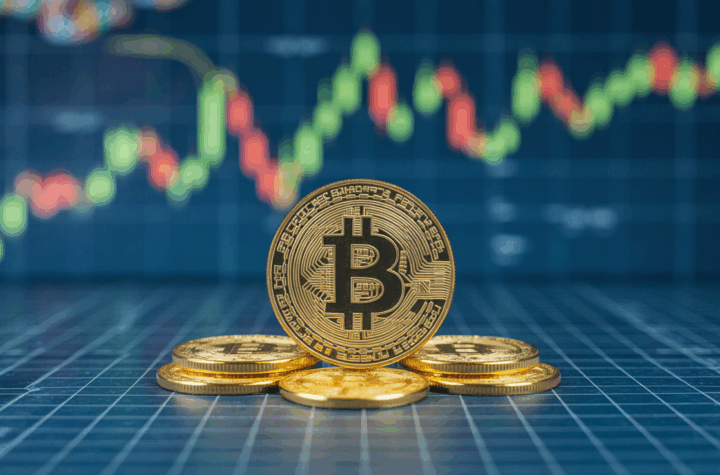
According to a new joint report released on Monday by Boston Consulting Group (BCG) and Ripple, the market for tokenized assets, also known as real-world assets (RWAs), is poised to hit $18.9 trillion by 2033. This projection reflects a compound annual growth rate (CAGR) of 53%, bridging the gap between the more conservative estimate of $12 trillion and an optimistic outlook of $23.4 trillion over the next eight years.
Tokenization, which involves using blockchain technology to digitally represent and transfer ownership of assets like securities, commodities, and real estate, has garnered increasing interest within the financial sector. Traditional financial institutions are embracing tokenization to improve efficiency, reduce costs, and facilitate 24/7 trading. For instance, JPMorgan’s Kinexys platform has processed over $1.5 trillion in tokenized transactions, while BlackRock’s tokenized U.S. dollar money market fund (BUIDL), developed with Securitize, is nearing $2 billion in assets under management, gaining significant traction in decentralized finance (DeFi).
“The technology is ready, regulatory frameworks are evolving, and key use cases are already in play,” said Martijn Siebrand, Digital Assets Program Manager at ABN AMRO, in the report.
Key Success Stories and Expanding Markets
The report emphasizes the success of tokenized government bonds, particularly U.S. Treasuries, which allow corporate treasurers to seamlessly move cash into tokenized short-term government bonds without intermediaries. This innovation offers the ability to manage liquidity continuously, improving operational efficiency.
Private credit markets are another major area seeing interest in tokenization, providing investors with access to traditionally illiquid markets while offering clearer pricing and fractional ownership. Additionally, tokenization in carbon markets is gaining momentum, as blockchain technology enables enhanced transparency and traceability of emissions credits.
Obstacles to Widespread Adoption
Despite the promising growth, the report identifies several key challenges that must be overcome for tokenization to achieve mainstream adoption. These challenges include fragmented infrastructure, limited interoperability between platforms, inconsistent regulatory progress, the absence of standardized smart contracts, and unclear custody solutions. Currently, many tokenized assets settle independently, and the lack of universal delivery-versus-payment (DvP) standards hampers the development of secondary markets.
The regulatory landscape remains fragmented, with countries such as Switzerland, the EU, Singapore, and the UAE leading the way with clear legal frameworks for tokenized securities, while markets in India and China remain restrictive or undefined. This regulatory inconsistency creates barriers to cross-border operations, forcing firms to adjust their infrastructure to suit the regulatory conditions of each market.
Looking Ahead: The Future of Tokenization
The report outlines a three-phase approach to the tokenization journey: first, the adoption of straightforward, low-risk assets like bonds and funds; second, the expansion into more complex products like private credit and real estate; and finally, a full market transformation, including illiquid assets such as infrastructure and private equity. Most firms are currently in the first or second phase, and the scalability of tokenization depends heavily on regulatory clarity and the maturation of supporting infrastructure.
Tokenization is expected to unlock significant cost savings, particularly in areas such as bond issuances, collateral management, and real estate fund tokenization. The report points out that small-scale tokenization projects can now be initiated for less than $2 million, while full-scale, end-to-end integrations—encompassing issuance, custody, compliance, and trading—could cost up to $100 million for large institutions.
However, the report also warns that without coordinated efforts across the industry, the fragmented landscape that tokenization aims to resolve could be replicated in the digital space. Jorgen Ouaknine, global head of innovation and digital assets at Euroclear, cautioned that without industry-wide collaboration, tokenization’s full potential could be undermined by the very barriers it seeks to eliminate.






More Stories
DOGE drops to $0.18 amid long-term holder exits and a looming death-cross price pattern.
Asia Markets: Cautious Calm Settles Over Bitcoin as Risk Positions Rebuild
“Analyst Dubs It ‘Bitcoin’s Silent IPO’ While Dissecting Market Stagnation in Viral Essay”